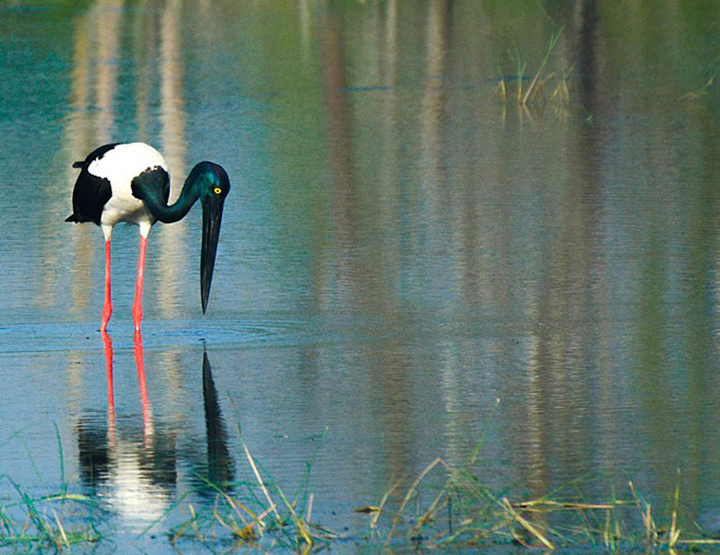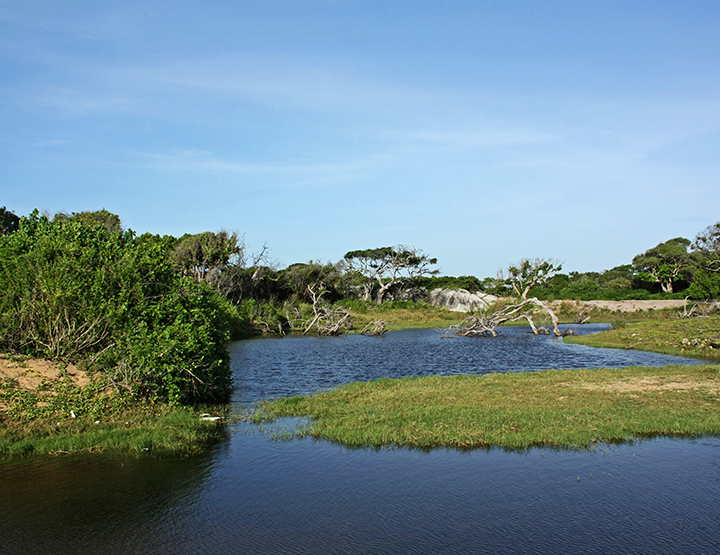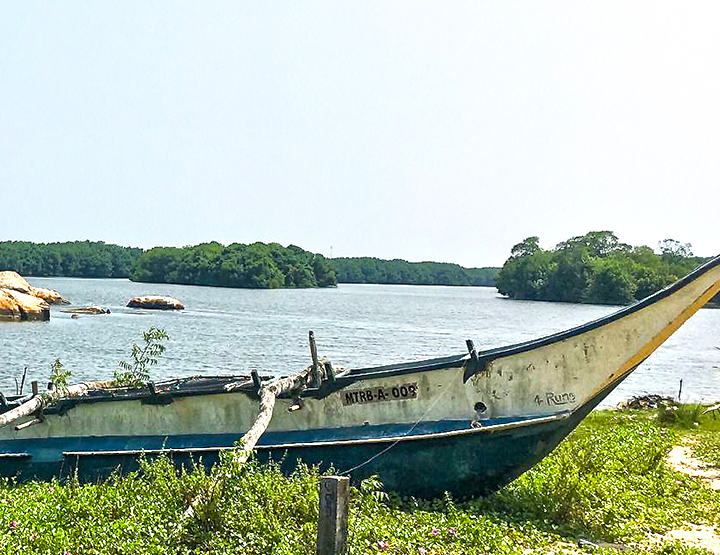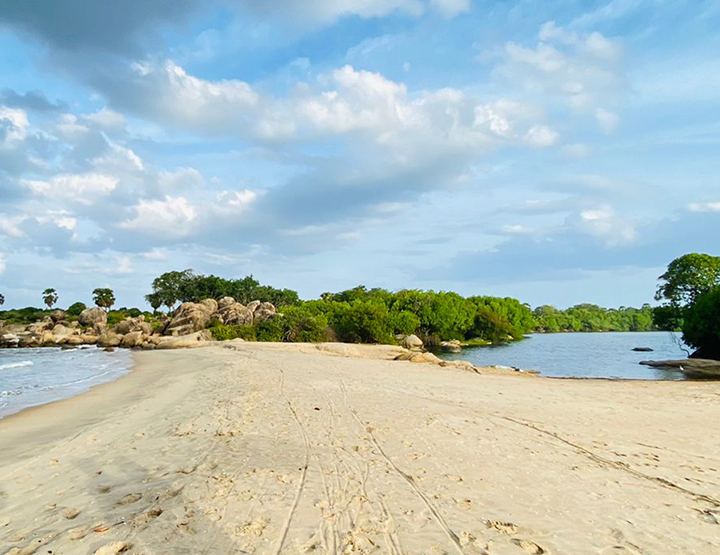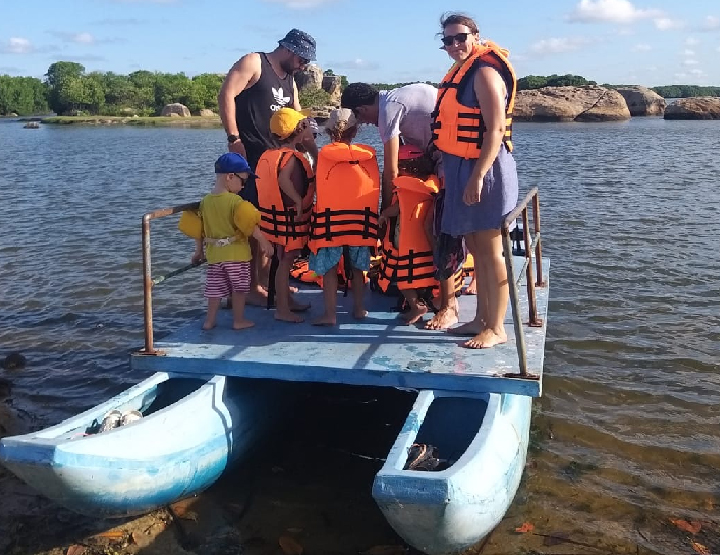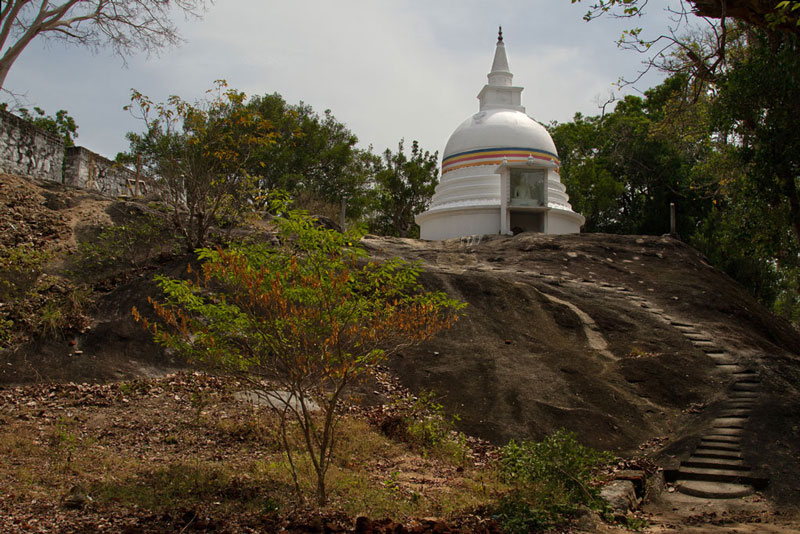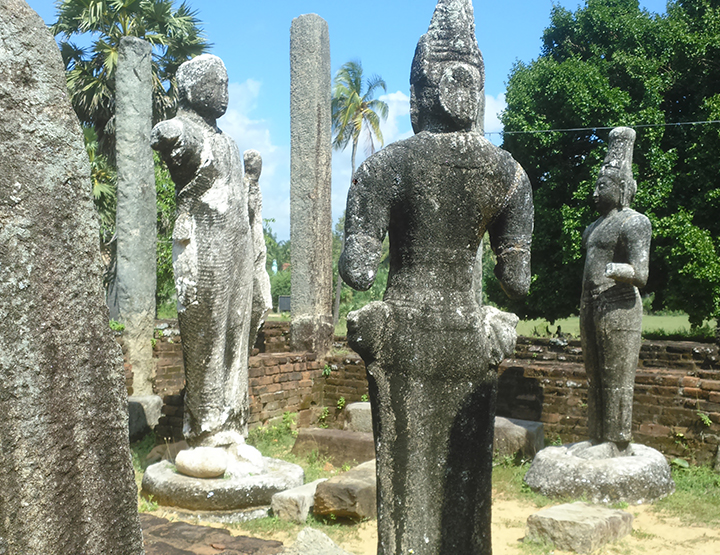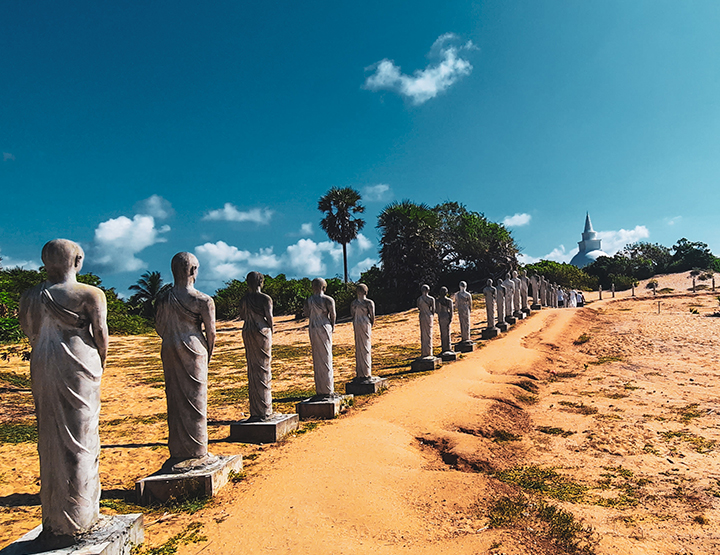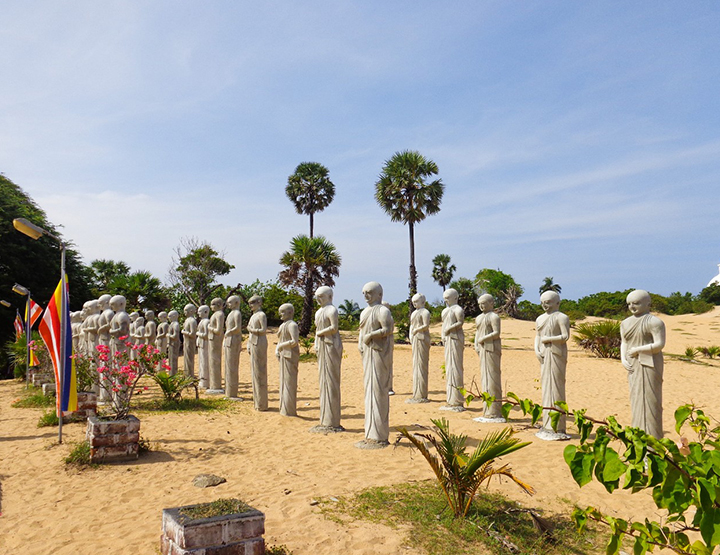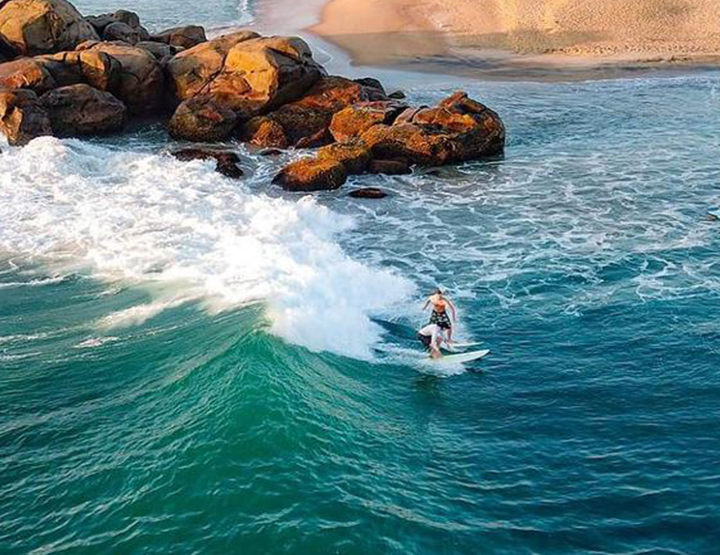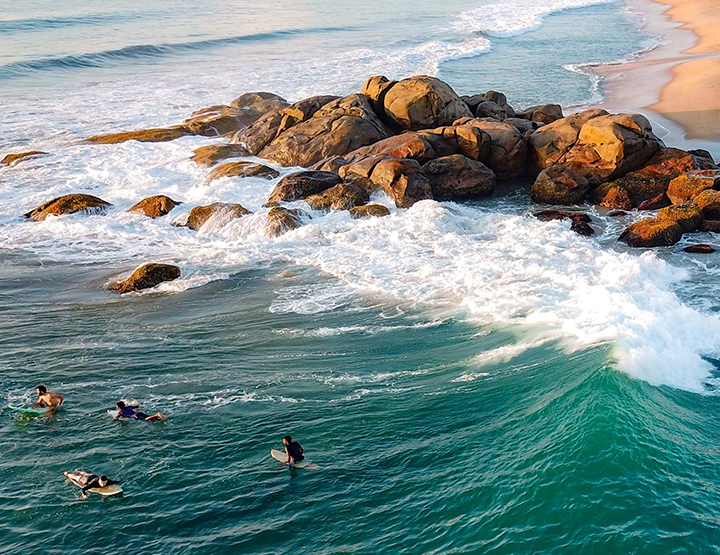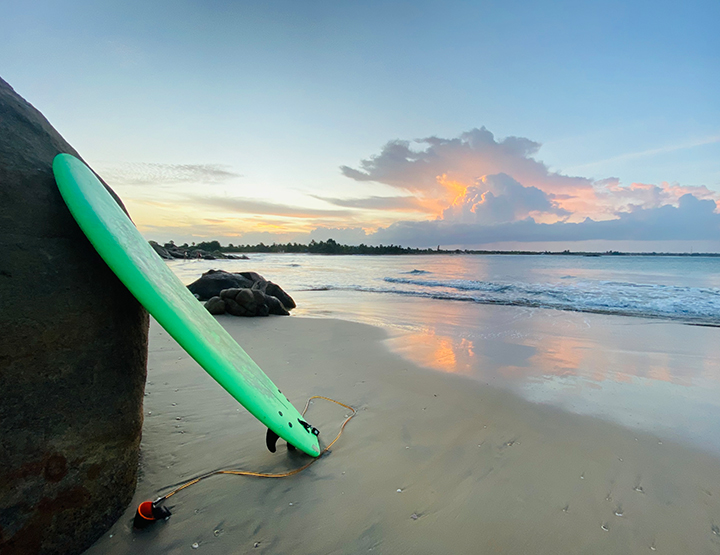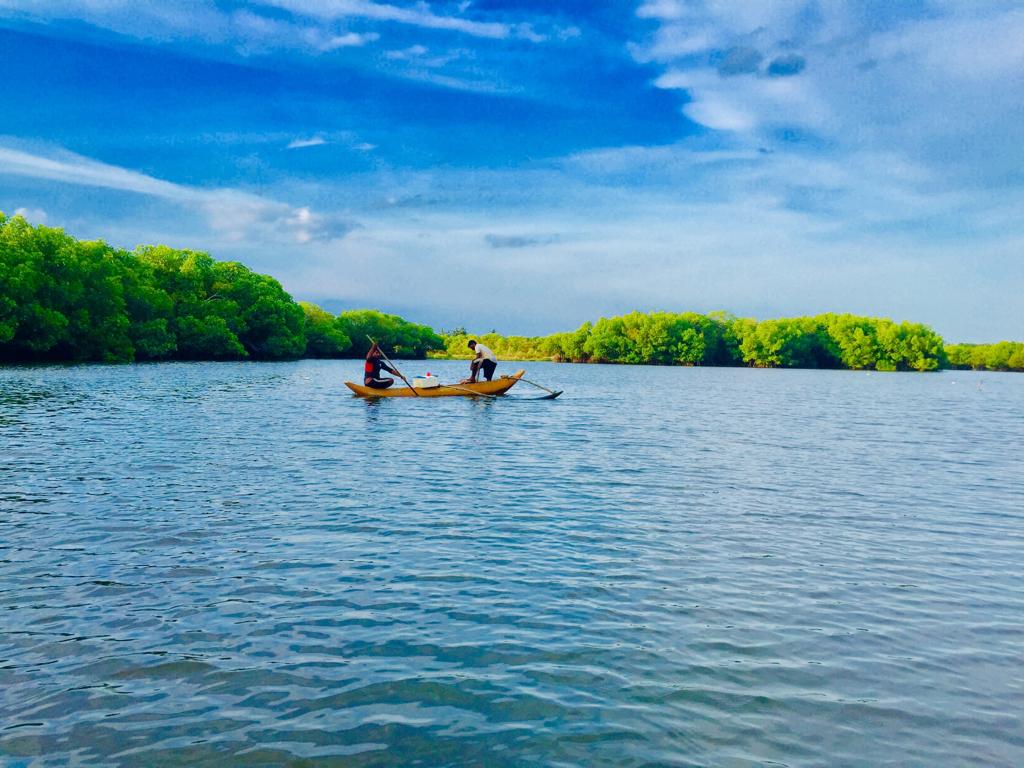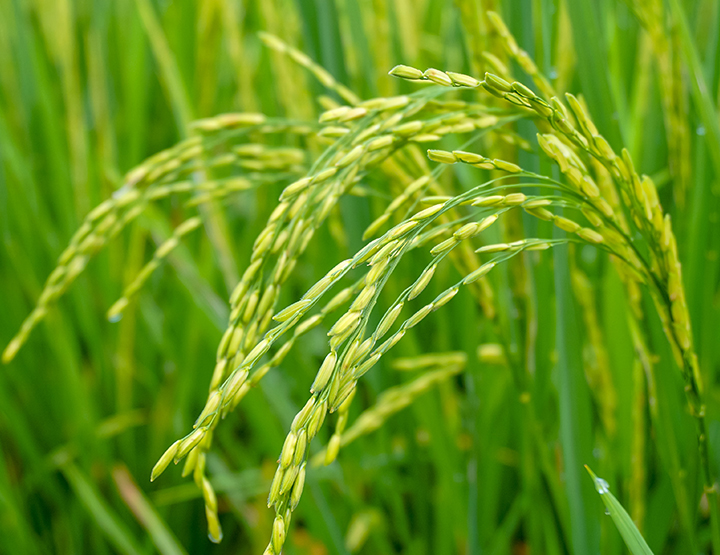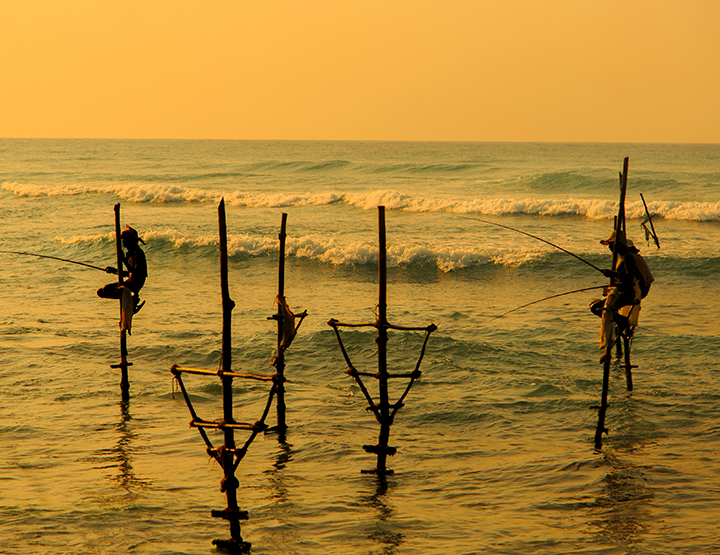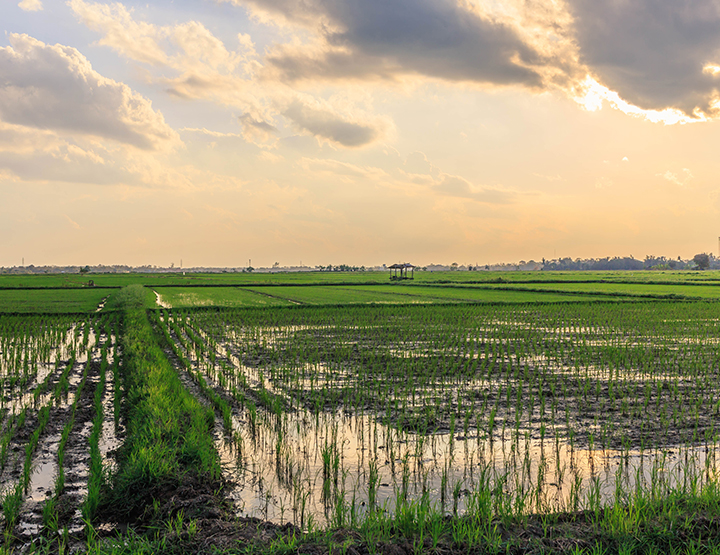Uncountable Experience Lives around this Dream
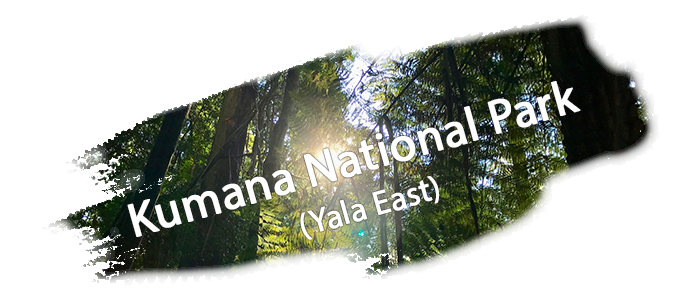
Are you someone who is in love with nature and wildlife? Then Kumana National park is a must see during
your stay at Dream Garden! The park is popularly known for its migratory and indigenous bird population
including Hawk Eagles, painted and rare black necked storks, Egrets, Godwits, Peacocks, Elephants,
Leopards, Crocodiles, Mousedeer and many more. These indigenous sightings are possible because the
park is surrounded by beautiful lagoons, watering holes like kumana villu swamps and pockets of lush
foliage. Kumana National park is an enchanted territory which mesmerizes the eyes of the curious with the
wonders of nature and wildlife.
The Kumana National Park, also known as Yala East National Park is located in the Ampara district of
south-east of Sri Lanka at a distance of 391 kilometers from Colombo. The gateway to Kumana National
Park is at Panama. The park office is located at Okanda, 22km south of Panama.

Want to break free in the middle of an island? Pottuvil Lagoon is one of the most sought-after places, with
an array of mangrove forests around it that are home to countless of wildlife. The gigantic lagoon with over 200 acres in size is home to a beautiful island in the middle of it which has the most amazing view. You often see heard of Elephants crossing the passage over. Its like looking at the true world out there when you get a chance to break free from disturbance. The boat tour around the lagoon will take you through the
experience of a lifetime to witness the true beauty and serenity of the mangrove forests, wildlife in its natural
habitats and the beauty of the small island in the middle of the lagoon. This is all made possible in just five
minutes’ walk from Dream Garden.
A lush green mangrove forest surrounds Pottuvil lagoon, and it is a common sight to see mischievous Sri Lanka Macaque Monkeys jumping from tree to tree. Another relatively common sight is seeing large crocodiles basking in the sun on the banks of the lagoon or on nearby rocks, looking deceivingly calm, and to see one of these animals is exhilarating, to say the least. But the best-kept secret about the lagoon is that it is a fantastic place to spot elephants; many elephants come here in the evening as a way to cool off and you can watch them frolic in the water from a safe distance.
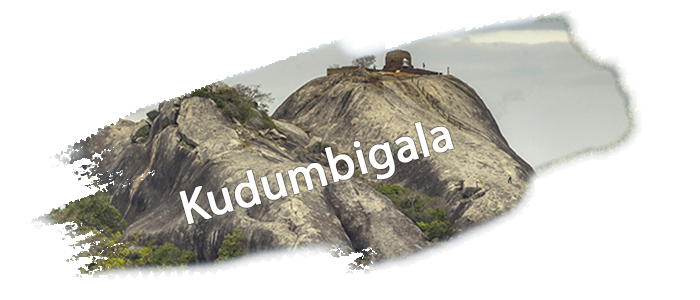
If you are a fan of ancient history, who wishes to know the mesmerizing secrecies of Sri Lanka and its rich
heritage, Kudumbigala is up your alley! The history of annals reveals that this monastic complex is the first
of its kind built for Buddhist monks in Sri Lanka. The site expands over an enormous area of 600 acres
which is the remnants of the complex within which confines of the Ruhuna Wildlife Park. The monastery
was built in 246 BC as a refuge for Buddhist monks who wanted to spend time away from secular life,
during the time of King Devenandapiyatissa. The interesting fact is the monastery is still used as a haven
for meditation by monks these days, hence the visitors are inclined to dress appropriately to refrain from
causing disturbance.
If you are a fan of ancient history, who wishes to know the mesmerizing secrecies of Sri Lanka and its rich heritage, Kudumbigala is up your alley! The history of annals reveals that this monastic complex is the first of its kind built for Buddhist monks in Sri Lanka. The site expands over an enormous area of 600 acres which is the remnants of the complex within which confines of the Ruhuna Wildlife Park. The monastery was built in 246 BC as a refuge for Buddhist monks who wanted to spend time away from secular life, during the time of King Devenandapiyatissa. The interesting fact is the monastery is still used as a haven for meditation by monks these days, hence the visitors are inclined to dress appropriately to refrain from causing disturbance.
Religious and Spiritual Sanctuaries
One of the key highlights of Pottuvil is the significance of all communities living together in peace as one
family. The reflection of this bond is witnessed through the multiple religious and spiritual sanctuaries that
are in existence in the vicinity of Pottuvil for thousands of years. Few of the noteworthy explorations would be, the Muhudu Maha Viharaya which is built nearly 2,000 years ago to celebrate the landing of Queen
Vihara Maha Devi, ruler of Rohana(a kingdom once present in ancient Sri Lanka). Another significant
religious monument would be Magul Maha Viharaya which is lying on the northern edge of the Lahugala
National Park. It is an archaeologically protected monument located about 22 km off from Siyambalanduwa
town and about 11 km off Pottuvil town in the Ampara District of Sri Lanka. Along with these religious
significance there are a lot of hindu temples including the shrine of Lord Ganesh, located few hundred
meters away from the main road into the jungle.

The Pottuvil area is best known for its surfing culture with countless number of surfing points, and the ones
around Dream Garden, would be Pottuvil point, Whiskey point, Lighthouse Komari, Jetwing point and the list
goes on for all surfers out there. Next to Arugambay, Surfing points at Pottuvil are the most exploratory and
secluded with the most amazing waves that no surfer would want to miss. It is also a place for all the sea and
beach lovers, for a swim, to walk to an array of beach sports.
Local Cultural and cultivation significance
Pottuvil is mostly known for its significance in surfing, but did you know that it has the most sumptuous looking
cultivation including Peanut farming? The region is gifted with splendid view of paddy fields and green rice
fields. Herds of cattle crossing the roads, - people like to see them from their vehicles. Locals here actively
involve in rice farming, cattle farming and most importantly Fisheries. Fishing in various methods is also a local
cultural significance of the communities living out there. Home farming of vegetables and fruits, fishing as the
main livelihood source makes their food culture the most organic and fresh in nature. So if you every drop in at
Dream Garden walk around the sandy roads to explore the farms and fishing culture in the neighbourhoods.


